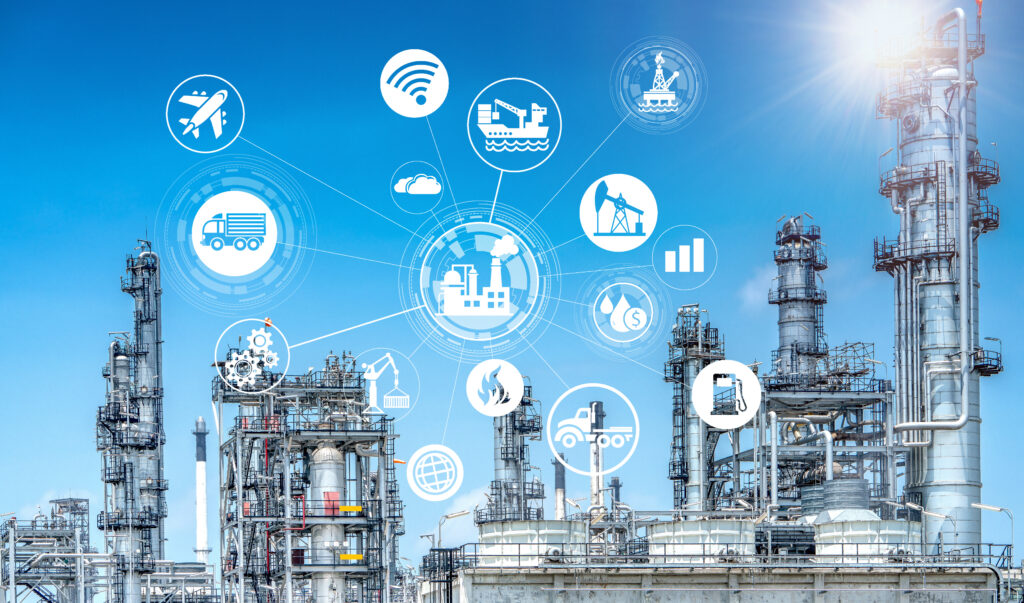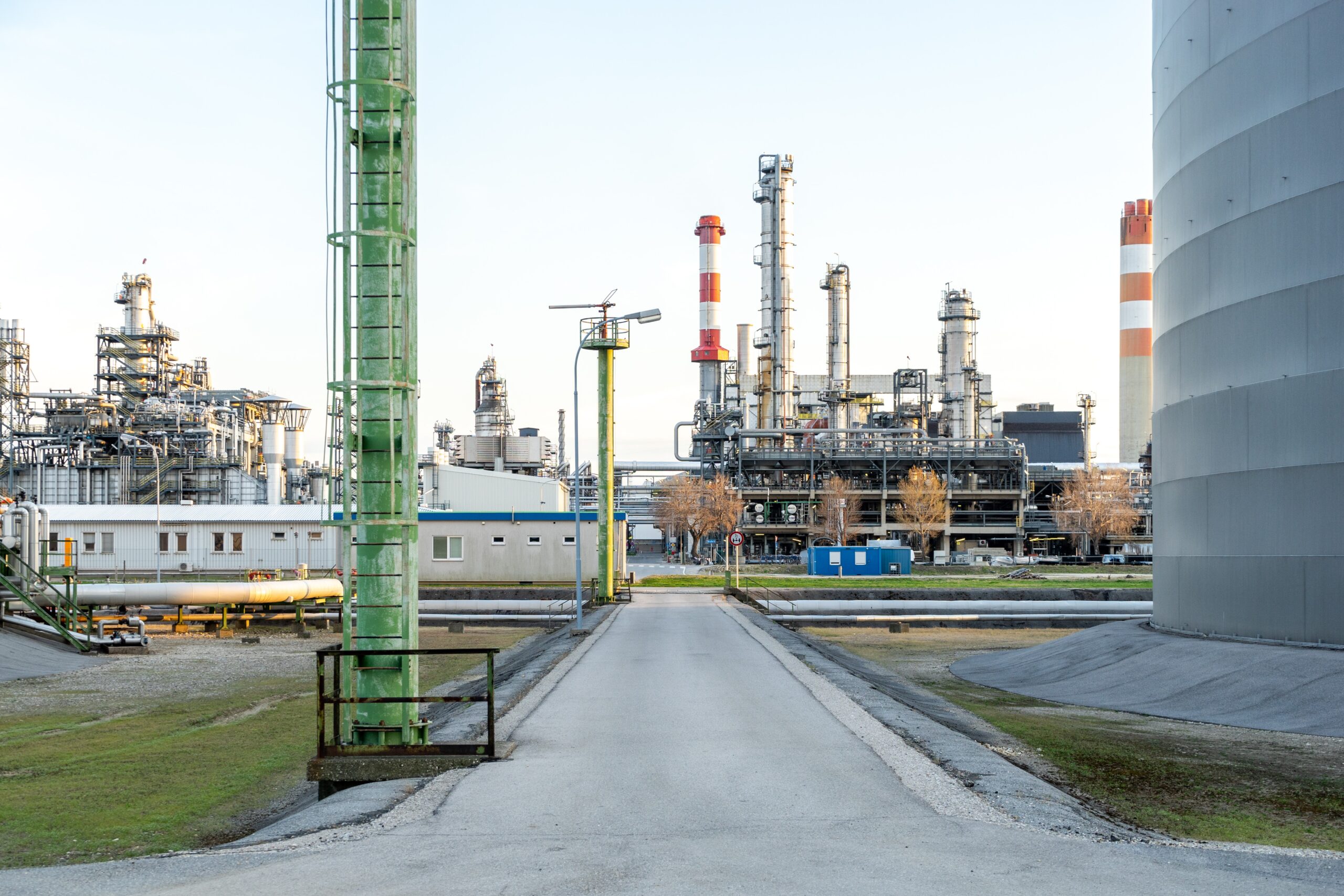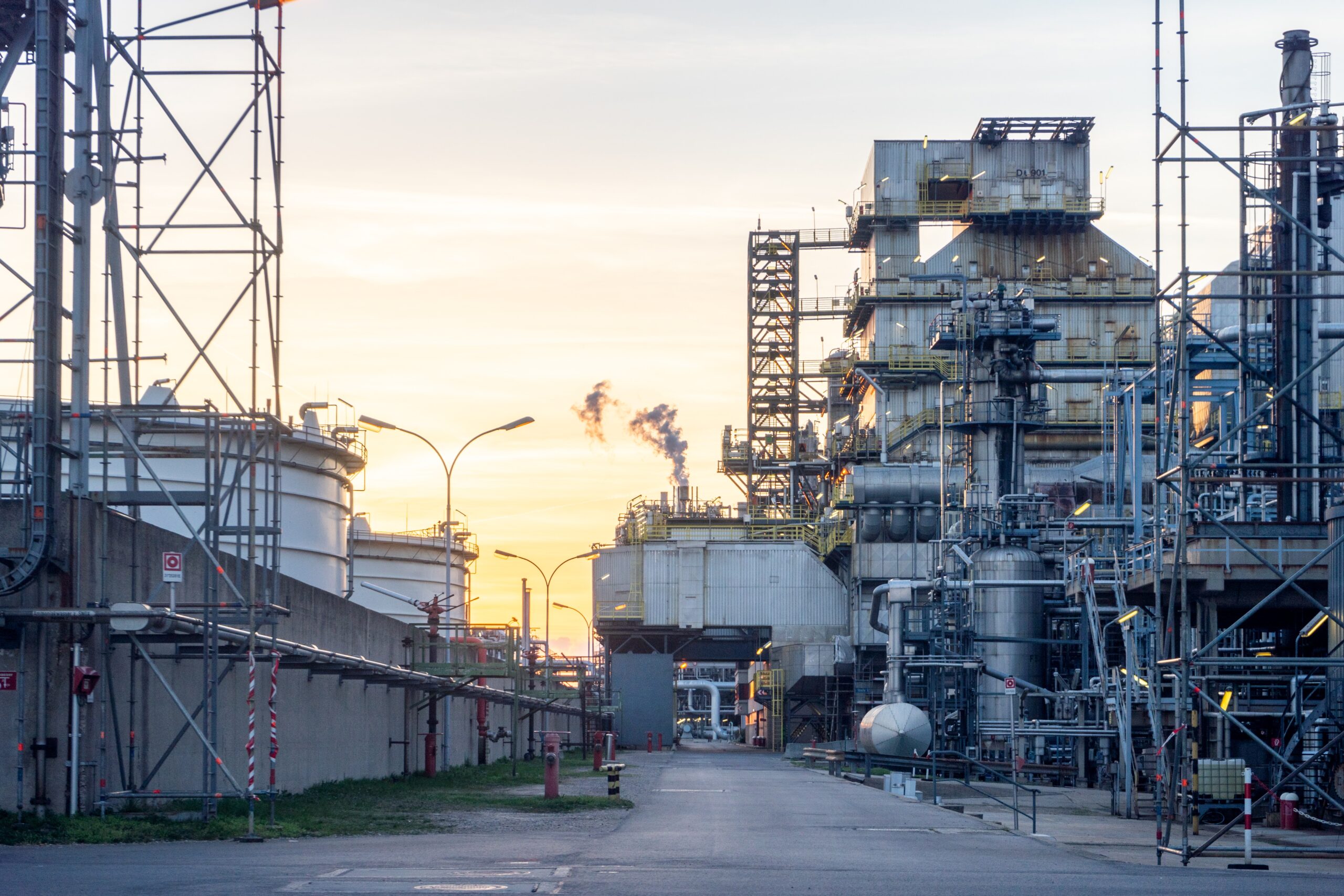What Is Piping Engineering?
Piping Engineering is a specialized branch of engineering that deals with the design, layout, analysis, installation, and maintenance of piping systems used to convey fluids (liquids and gases) from one location to another within industrial facilities. These systems are critical for processes in industries such as oil & gas, petrochemicals, power generation, pharmaceuticals, water treatment, and food processing.
Why is Piping Engineering So Crucial?
The importance of piping engineering cannot be overstated. Here’s why it’s a cornerstone of industrial infrastructure:
- Process Efficiency: Properly designed piping systems minimize pressure drops, prevent leaks, and optimize flow rates, directly impacting the efficiency and profitability of an industrial process.
- Safety: Handling hazardous or high-pressure fluids requires meticulous design and construction. Piping engineers ensure that systems are robust enough to prevent catastrophic failures, protecting personnel, the environment, and assets.
- Reliability: Downtime in an industrial plant can be incredibly costly. Well-engineered piping systems are designed for longevity and minimal maintenance, contributing to continuous and reliable operations.
- Cost-Effectiveness: From material selection to installation methods, piping engineers aim to create systems that are not only functional but also economically viable, balancing performance with budget constraints.
- Environmental Protection: Preventing spills and emissions of harmful substances is a key responsibility. Piping engineers specify materials and design features that mitigate environmental risks.
Where is Piping Engineering Found? (Everywhere!)

- Oil & Gas: Upstream (platforms, wells), Midstream (pipelines, terminals), Downstream (refineries, petrochemical plants).
- Power Generation: Fossil fuel plants, nuclear plants, geothermal, solar thermal.
- Chemical & Pharmaceutical:Complex processes handling hazardous materials.
- Water & Wastewater Treatment: Large-scale piping networks.
- Food & Beverage: Hygienic piping systems.
- HVAC: Large commercial and industrial heating/cooling systems.
- Marine & Offshore: Shipboard systems and offshore platforms.
- Mining & Minerals Processing.
Key Aspects of Piping Engineering
The scope of piping engineering is vast and encompasses several specialized areas:
1. Piping Design
This is where the blueprint comes to life. Piping designers create detailed layouts and drawings that show the routing of pipes, the placement of components, and the spatial relationships between equipment. This involves:
- Process Flow Diagrams (PFDs) and Piping & Instrumentation Diagrams (P&IDs): These schematic diagrams are the foundational documents, outlining the process flow, equipment, and instrumentation.
- 3D Modeling (Plant Design Software): Modern piping design heavily relies on sophisticated software like SP3D, E3D, PDMS, and AutoCAD Plant 3D to create accurate 3D models, detect clashes, and optimize layouts.
- Layout and Routing: Determining the most efficient and safe path for pipes, considering accessibility for maintenance, future expansion, and potential interferences.
- Support Design: Designing pipe supports to bear the weight of the pipe and its contents, and to accommodate thermal expansion and contraction.
2. Stress Analysis
Pipes are subjected to various forces, including internal pressure, thermal expansion, weight of the fluid, and external loads. Stress analysis is critical to ensure the structural integrity of the piping system.
- Thermal Expansion: When fluids heat up, pipes expand, and if not accounted for, this can lead to excessive stresses on the pipe and connected equipment.
- Vibration Analysis: Identifying and mitigating potential vibrations that could cause fatigue failure or damage.
- Codes and Standards: Adhering to international codes like ASME B31.1 (Power Piping), ASME B31.3 (Process Piping), and others to ensure safety and reliability.
- Software Tools: Specialized software like CAESAR II and AutoPIPE are used to perform complex stress calculations.
3. Material Selection
Choosing the right material for pipes and components is paramount. Factors considered include:
- Fluid Properties: Corrosivity, temperature, pressure, and viscosity of the fluid being transported.
- Operating Conditions: Ambient temperature, external environment, and potential for erosion.
- Cost and Availability: Balancing performance requirements with economic considerations.
- Codes and Standards: Compliance with material specifications outlined in relevant industry codes.
4. Fabrication and Construction
This phase involves turning the design into reality:
- Spool Fabrication: Prefabricating sections of pipe in workshops to minimize on-site work and improve quality.
- Welding: Employing specialized welding techniques to join pipe sections, ensuring strong and leak-proof connections.
- Inspection and Testing: Rigorous testing (e.g., hydrostatic testing, radiography) to verify the integrity of welds and the entire system.
- Erection: Assembling and installing the fabricated pipe spools and components at the plant site.
5. Maintenance and Integrity Management
Piping systems require ongoing monitoring and maintenance to ensure their continued safe operation.
- Corrosion Monitoring: Implementing strategies to detect and mitigate corrosion.
- Inspection Programs: Regular inspections to identify wear, tear, or damage.
- Repairs and Modifications: Addressing issues and making necessary changes to the system over its lifespan.
The Piping Engineering Lifecycle: From Concept to Operation
1. Feasibility & Conceptual Design
2. Front-End Engineering Design (FEED)
3. Detailed Design & Engineering
4. Procurement
5. Fabrication & Installation
6. Testing & Commissioning
7. Operation & Maintenance
The Future of Piping Engineering

As industries evolve, so does piping engineering. Key trends include:
- Advanced Analytics and Digitalization: Utilizing data analytics, IoT, and digital twins for predictive maintenance and optimized operations.
- Modularization and Prefabrication: Increasing use of modular construction to reduce on-site construction time and costs.
- Sustainable Design: Focusing on energy efficiency, waste reduction, and the use of environmentally friendly materials.
- Automation and Robotics: Exploring the use of automation in fabrication and inspection processes.
Piping engineering is more than just connecting pipes. It is a discipline that blends technical skill, creativity, and precision to ensure that industrial systems function smoothly and safely. For those passionate about mechanical systems and industrial design, piping engineering offers a rewarding and impactful career path.
Ready to Dive Deeper? Stay tuned for future posts where we’ll explore specific aspects like Piping Design and Layout, Pipe Stress Analysis, Piping Materials, Fabrication and Construction…



